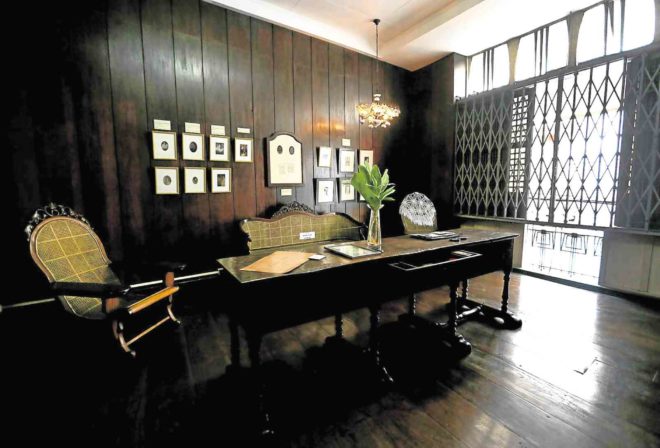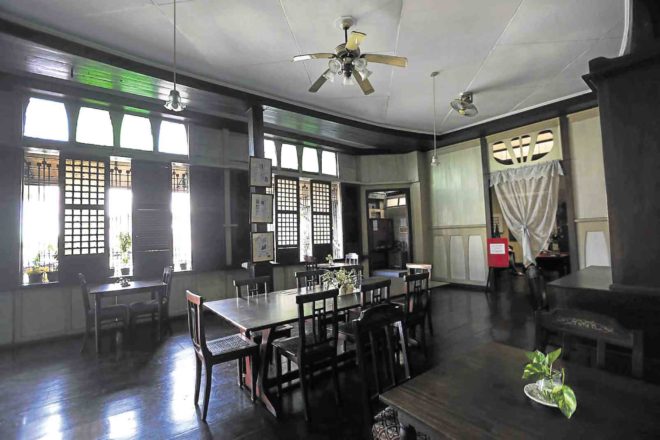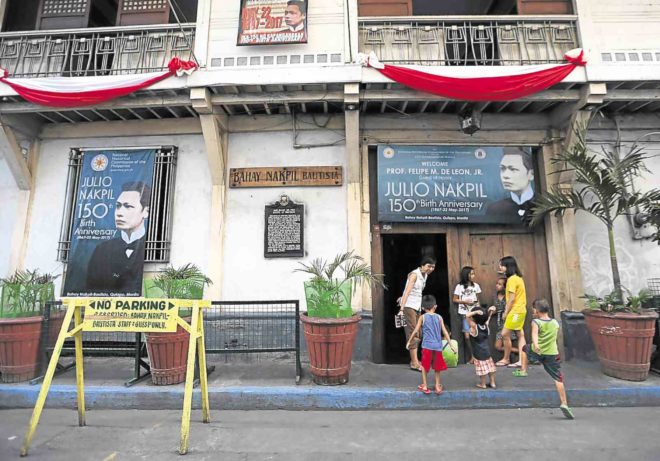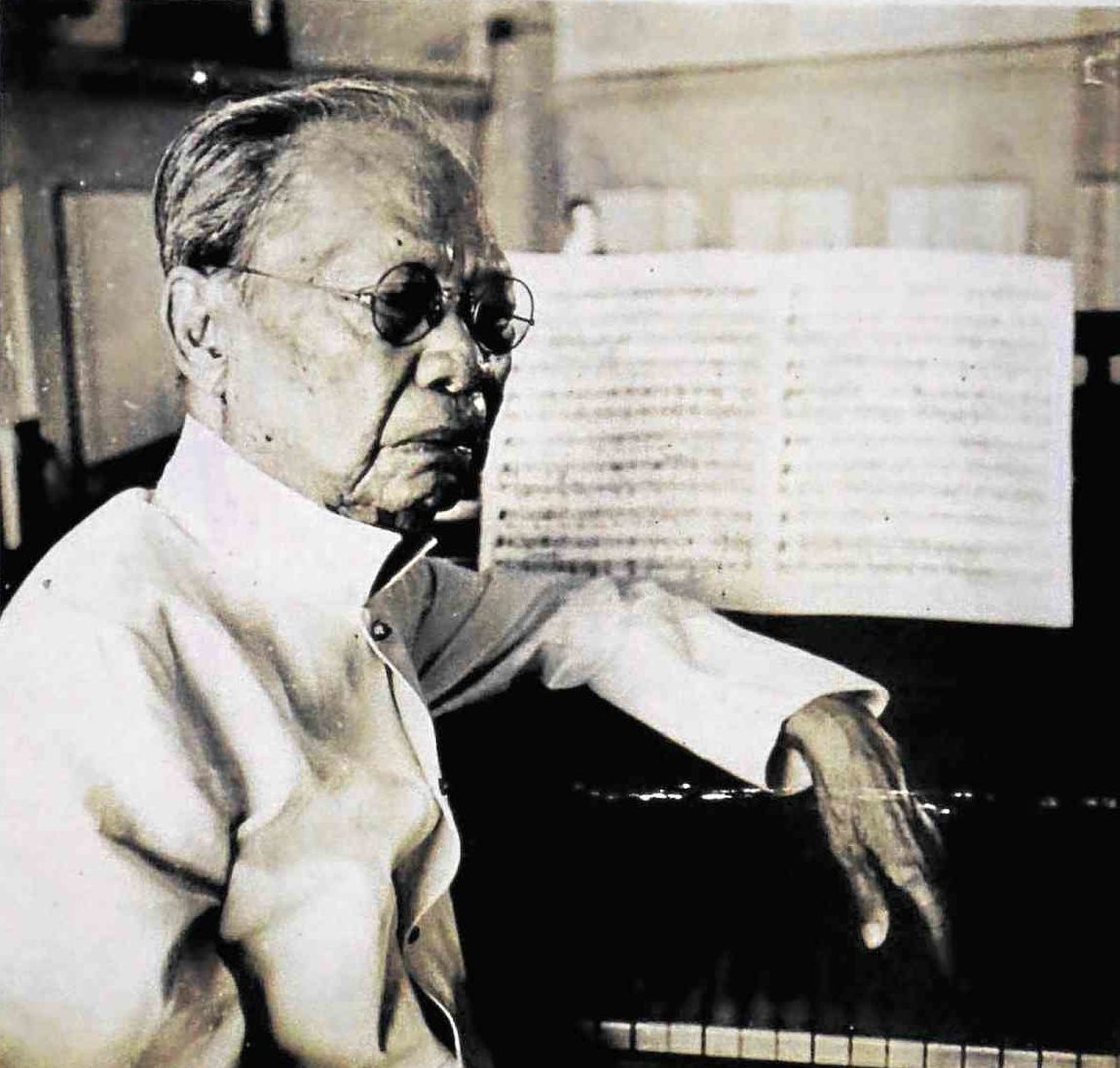
History is full of insiders with manuscripts detailing their take on important events. The Philippine Revolution had Julio Nakpil, one of Andres Bonifacio’s most trusted generals. His chronicle, however, was in the form of musical compositions.
Nakpil’s work could well serve as the soundtrack to the Revolution, his granddaughters Maria Paz “Bobbi” Nakpil Santos-Viola and Maria Lourdes or “Peachi” asserted. The sisters are daughters of Nakpil’s youngest child Caridad.
An oft-heard story goes that Lolo Julio (aka “J. Giliw” among colleagues in the KKK) was “so emotionally hit” by the death of Gen. Antonio Luna that he completed a funeral march titled “Kabanatuan”—the place where Luna was assassinated allegedly by henchmen of Gen. Emilio Aguinaldo—in 1904 to help him overcome Luna’s tragic end five years earlier. There is also “Sueno Eterno” (1893), composed earlier as a tribute to Luna’s bravery.
Nakpil dedicated two pieces to Jose Rizal—“Amor Patrio” (1893), a lamentation over Rizal’s exile to Dapitan based on lines uttered by Maria Clara in “Noli Me Tangere,” and “Pahimakas!” (1897), a funeral march commemorating Rizal’s execution.
The Santos-Viola sisters’ playlist also includes “Pasig Pantayanin” (June 1897) dedicated to “the revolutionary armies”; “Biyak-na-Bato” (1898), composed for revolutionary general Teodoro Sandico; and “Pamintinan” (1897), for the remontados “who went into hiding because of persecution.”
Nakpil’s most celebrated piece would perhaps be “Marangal na Dalit ng Katagalugan” (“Dalit” for brevity), said to have been commissioned by the Katipunan Supremo himself and was “played in different places” where Katipuneros fighting the colonizers converged.
Felipe de Leon, former chair of the National Commission on Culture and the Arts (NCCA), noted in a speech celebrating Nakpil’s 150th birth anniversary that “Dalit” was intended to serve as the country’s national anthem when Nakpil composed it in November 1896 in Balara, Marikina.
Nakpil, the chair added, was by then already recognized as “Kompositor ng Himagsikan.”
But Aguinaldo refused to acknowledge “Dalit” and instead chose fellow Caviteño Julian Felipe’s “Marcha Nacional Filipina,” which now serves as the Philippine official anthem.
De Leon noted that Nakpil’s work adhered more closely to a state hymn (“higit na malapit sa dalit o tunay na imno”) compared to Felipe’s composition.
He added that anthems are not supposed to observe a fast cadence.

Important role
The NCCA chair was with Nakpil’s descendants when they celebrated his sesquicentennial birth anniversary on May 22. His two granddaughters told Inquirer Lifestyle that they wish the important role he played in the Revolution would be recognized by more people.
As it is, Nakpil is more often footnoted as the second husband of Bonifacio’s widow, Gregoria de Jesus.
Granddaughter Bobbi said historical accounts identified Nakpil as Bonifacio’s secretary, without emphasizing that being secretary of the Supremo in a revolutionary government was “crucial.” Her grandfather eventually assumed a bigger role in the Katipunan.
Bahay Nakpil-Bautista in Quiapo, Manila, is a century-old Art Nouveau-inspired private residence that witnessed the domestic lives of the Nakpil couple after the Spanish colonial period. Part-atelier and part-museum, the house exhibits memorabilia and historical photos, many of which recall Nakpil’s association with the Katipunan. (See related story on page D1)
One panel narrates that Nakpil enjoyed Bonifacio’s trust well enough for the Supremo to appoint him commander of the revolutionary forces north of Manila in 1896. Bobbi pointed out that her grandfather worked alongside Emilio Jacinto.
When Bonifacio was betrayed and killed in Cavite, Nakpil “offered protection” to his widow Gregoria. Eventually they fell in love, married in Quiapo Church and had eight children. Only six survived.
Firstborn Juan Felipe became a National Artist for Architecture; Julia Felipa engaged in various philanthropic and humanitarian endeavors; Francisca Paula, Mercedes Tecla, Josefina Claudia and Caridad were known for their artistic and musical talents.
Bobbi and Peachi remember growing up observing a “genteel, elegant and quiet” Lolo Julio who often kept to himself in his room in the Nakpil-Bautista residence.
(In the early 1900s, the grand house in Quiapo was owned by Julio’s sister Petrona and her husband Dr. Ariston Bautista-Lin, who was an active participant in the Propaganda Movement. The celebrated Juan Luna painting “Parisian Life” once hung on a wall in the living room. The Bautistas had no children. Julio’s brother Ramon’s family also occupied part of the residence at one time.)

Historical figure
The sisters grew up unaware that grandmother Gregoria was Bonifacio’s widow, much less the roles that their grandparents played during the Revolution. Bobbi explained that their elders “were not into social status.” A family friend would be known by his occupation but his social rank was never discussed, she added.
“Their importance in history was never emphasized (at home). We knew Andres Bonifacio (as a historical figure),” Bobbi said.
Peachi was already in grade school when mother Caridad once brought her along to the Gregoria de Jesus Elementary School in Caloocan City to receive a recognition on behalf of Lola Goria. She simply remembered thinking, “Okay, my lola is being honored…”
Still, Bobbi admitted being in awe of her grandfather. She knew he was “somebody important” because of his demeanor.
On Sundays in the Quiapo residence, Lolo Julio would summon the third-generation cousins to lunch by banging a gong that stood near the grandfather clock in the spacious dining area.
There were several tables. The elders took their meals at the long center table. Young adults ate at the corner tables while the unruly kids took meals in the azotea.
“It was a very proper upbringing. If you’re late for meals, you will not be served. Hindi nakikilaro si lolo with the children. I think the word for (his behavior) is ‘formal,’” Bobbi recalled.
One time, aunt Mercedes’ son Fernando Zialcita (now an anthropology professor at the Ateneo de Manila University) knocked on Lolo Julio’s door several times and asked many questions. “Matanong kang bata ka,” the grandpa grumbled.
When Zialcita and the other grandchildren became noisy, their grandfather threatened to throw them into the estero behind the house.
“When that estero still had clear water, the young Julio brought the family’s horses there for a bath.
His father (Juan Nakpil y Luna) appointed him stable hand. We heard he once rode a horse from Quiapo to La Union,” Peachi said.

Self-taught
The young Julio took violin lessons with maestro Ramon Valdes, but his descendants say much of his musical talent was self-taught. After learning to play the piano, he began to compose and was once invited to Malacañang by Gov. Gen. Eulogio Despujol.
Nakpil continued to compose music after the Revolution. A piece called “Victory March” meant for orchestra was dedicated to the US and Philippine armies to commemorate the liberation of the Philippines.
In time, architect-son Juan saved enough to buy a summer home in Baguio City. As usual, Nakpil kept to himself in one of the rooms when they vacationed.
On one of their grandfather’s birthdays, the cousins cajoled Bobbi into asking how old he was.
“Si,” Lolo Julio replied in Spanish when she knocked on his door.
“I didn’t speak Spanish so I asked, ‘lolo, how old are you?’” Bobbi said.
“I am 93 years old,” her grandfather answered. The reply sent the children running to their mothers, too, shocked to hear Lolo Julio talk back in English.
“Si lolo! Nag-Ingles! Nag-Ingles,” they reported.
“He was very proud when he said he was 93. Alam mong naughty, But we were not afraid of him, we just respected his space. And we knew we would be thrown into the estero kapag maingay,” Bobbi added.
Nakpil died of a heart attack a few months later.

Rizal and Juan Luna, built the house in 1914.
Sesquicentennial celebration
In observance of Nakpil’s sesquicentennial or 150th year celebration, a lecture by professor Alexandra Iñigo-Chua of the University of Santo Tomas Conservatory of Music on the Katipunero’s musical legacy, is set for June 16, 4 p.m., at the Ayala Museum exhibit hall.
This will be followed by the world premiere of “Revolutionary: The Music of Julio Nakpil,” a concert by the Manila Symphony Orchestra featuring pianist Raul Sunico and soprano Anya Tapales on the ground floor of the Ayala Museum.
The granddaughters said they expect about 130 Nakpil descendants to attend.
Lola Gregoria was already gone when the sisters came of age, but they heard of stories about how their grandfather adored her. Family members said that in their final years, the couple often walked along the shores of Manila Bay as the older grandchildren swam on the beach.
The Nakpil-Bautista kitchen still displays kitchen utensils carved by Gregoria from driftwood from the bay that she supposedly asked Julio to drag to the shore.
One story goes how Gregoria composed a poem for her late husband that Nakpil gallantly transcribed for her.
“Can you imagine, a poem for Andres Bonifacio? Tapos si Julio Nakpil ang sumulat? ‘Magmula, giliw, nang ika’y pumanaw…’ Ganu’n talaga ang puso ng Katipunero. They had so much respect that they can transcend (personal feelings). God first, then country and then family. Some researchers have commented that’s how maginoo he was,” Bobbi said.









































